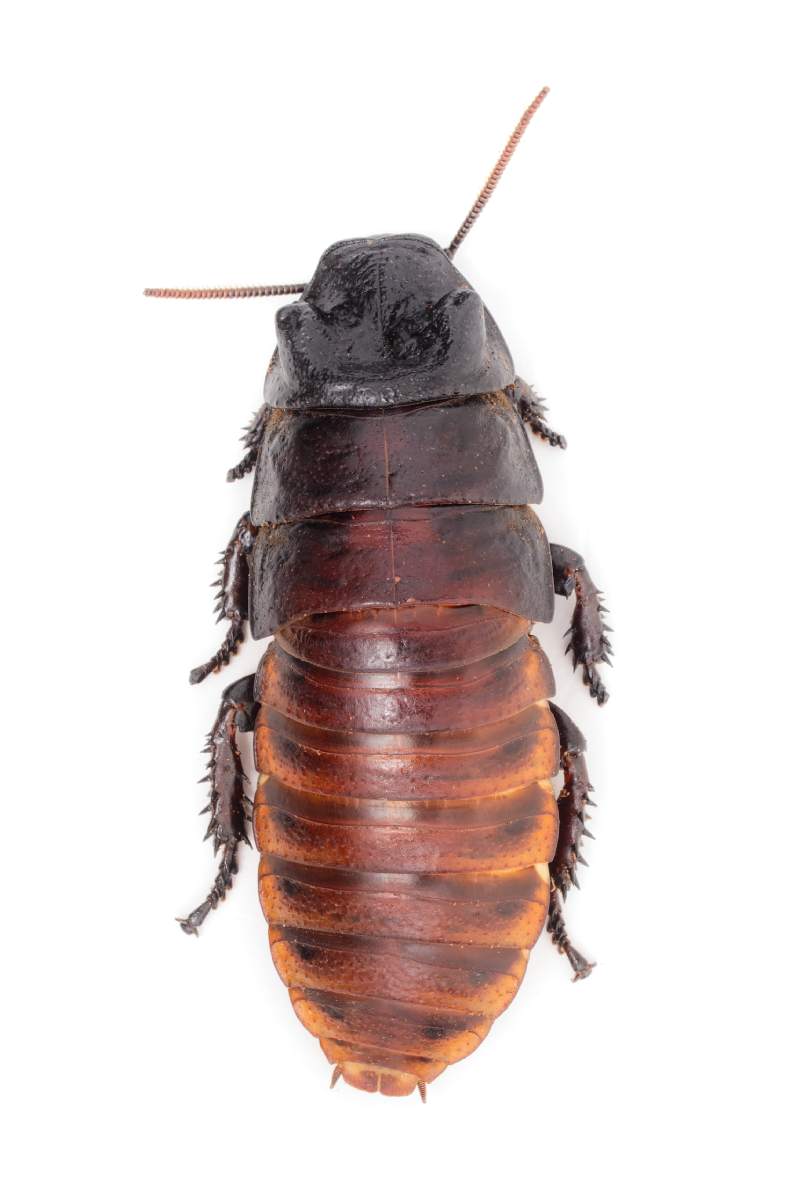You’ve probably come across the unsettling claim that crabs, shrimp, or prawns are essentially “sea roaches” or the cockroaches of the ocean. It’s a comparison that can turn the stomach of even the most avid seafood lovers. But how accurate is this statement? Are these crustaceans really just water-dwelling equivalents of roaches, or is this a myth rooted in some misunderstood science?
To address this, we’ll need to dive into the biological classifications of these creatures and understand where the comparison originates, how these species differ, and what it means for us as seafood consumers.
Understanding Crustaceans and Insects
Crabs, shrimp, and prawns belong to the animal class Crustacea, a group within the larger phylum Arthropoda. Arthropods are invertebrates with exoskeletons, segmented bodies, and jointed limbs. This phylum includes crustaceans like lobsters, crabs, shrimp, and barnacles, as well as insects and arachnids like spiders, centipedes, and—you guessed it—cockroaches.
While shrimp and crabs seem quite different from the cockroaches you find scuttling under the kitchen sink, they all share a common ancestor that lived hundreds of millions of years ago. This means crabs, shrimp, and cockroaches are technically distant relatives, a fact often cited as proof that they’re the same thing. But is that enough to call shrimp “sea roaches”?

What About the “Sea Roach” Label?
The “sea roach” label probably stems from the structural similarities between crustaceans and insects. Both groups possess exoskeletons, have antennae, and exhibit segmented body parts. However, while the anatomical resemblances are evident, crustaceans and insects have evolved along very different paths.
While both crustaceans and insects are arthropods, the similarities largely end there. Crabs, shrimp, and prawns are adapted to marine environments, whereas cockroaches are land-dwelling insects. Their diets, habitats, and behaviours are also significantly different.
It’s also worth noting that many insects (including cockroaches) are terrestrial scavengers, feeding on decaying organic matter. On the other hand, many crustaceans are more versatile. They can be predators, filter feeders, or scavengers, depending on the species and the environment.
Biological Differences Between Crustaceans and Cockroaches
The key differences between crustaceans and cockroaches lie in their physiology and evolutionary biology. Let’s look more closely at the distinctions:
- Habitat:

- Crabs, shrimp, and prawns are aquatic and live primarily in saltwater environments like oceans, seas, and estuaries. Some crabs do live on land, but they must return to water to reproduce.
- Cockroaches are entirely terrestrial. They thrive in humid, dark places like under debris or inside homes, but they don’t inhabit aquatic environments.
- Respiratory Systems:
- Crustaceans use gills to breathe underwater. Their gills allow them to extract oxygen from water, which is critical for survival in their aquatic habitats.
- Cockroaches, like other insects, breathe through a system of spiracles and tracheae, small tubes that carry oxygen to their tissues directly from the air.
- Feeding Habits:
- While some crustaceans are scavengers, many species are predators or omnivores. Shrimp, for instance, can feed on plant matter, small fish, or plankton.
- Cockroaches are scavengers that feed primarily on decaying organic matter, particularly in urban or residential settings. While both groups consume a variety of foods, cockroaches are particularly associated with human environments and waste.
- Exoskeleton Composition:
- Both crustaceans and insects have exoskeletons made of chitin, but crustaceans have an additional layer of calcium carbonate, making their shells much harder and more robust.
- Cockroaches have a thinner, more flexible exoskeleton designed for life on land, where mobility in confined spaces is often necessary.
Shrimp, Prawns, and Crabs: What Are We Really Eating?
One major reason people are alarmed by the comparison between shrimp and cockroaches is that the idea of eating a “sea roach” isn’t particularly appetizing. However, what we consume when we eat shrimp, prawns, or crabs is very different from what a cockroach is made of.
Crustaceans have long been prized for their flavour and are a source of protein, omega-3 fatty acids, and essential minerals. Cockroaches, by contrast, are pests known to carry bacteria, viruses, and allergens, making them hazardous to human health.
The Ecological Role of Crustaceans
Just as cockroaches are essential in cleaning up decomposing matter on land, crustaceans play a crucial role in the marine ecosystem. They often act as bottom feeders, helping to maintain the health of ocean floors by consuming organic material, detritus, and even parasites off of fish. In many cases, they serve as a critical part of the food chain, supporting the diets of fish, marine mammals, and seabirds.
Moreover, the health of crustacean populations often serves as an indicator of the broader health of marine ecosystems. Overfishing or pollution that affects crustaceans can have ripple effects across the entire oceanic food web.

Why the “Sea Roach” Comparison Falls Short
While it’s technically true that crabs, shrimp, and cockroaches are distant relatives, the comparison fails to capture the important differences between them. Crustaceans and cockroaches diverged evolutionarily hundreds of millions of years ago, adapting to entirely different environments, behaviours, and diets.
The unappealing “sea roach” moniker likely originates from a combination of their physical similarities and the scavenging behaviours of some crustaceans. However, this simplistic comparison overlooks the sophisticated ecological roles that shrimp, crabs, and prawns play in marine environments—and their long-standing cultural and culinary significance across the globe.
The Culinary Appeal of Crustaceans
Shrimp, prawns, and crabs are considered delicacies in many cuisines. They feature in an array of dishes from prawn cocktails and crab cakes to shrimp tempura and lobster bisque. Their sweet, succulent flesh is beloved by food lovers worldwide, and for good reason.
Not only are these crustaceans flavorful, but they also offer numerous health benefits. They are low in calories, rich in high-quality protein, and loaded with essential nutrients like iodine, zinc, and vitamins B12 and D.
Contrast this with the cockroach, which is not only a pest but a health hazard, and it becomes clear that the comparison is a poor one.
In Conclusion: Should We Worry About “Sea Roaches”?
The myth that crabs, shrimp, and prawns are equivalent to cockroaches is a vast oversimplification rooted in surface-level similarities. While they are distant evolutionary cousins, crustaceans have diverged significantly from their insect relatives, leading to profound differences in habitat, biology, and behaviour.
Shrimp, prawns, and crabs are safe to eat and play vital roles in both our ecosystems and our diets. So, the next time you enjoy a seafood dish, rest easy knowing that the “sea roach” comparison is more myth than fact. These crustaceans are far more than underwater pests; they are essential to marine ecosystems and cherished in culinary traditions worldwide.
Seafood lovers can continue to indulge in their favourite dishes without the unwelcome association with roaches. In reality, crabs and shrimp are much closer to being the oceans’ caretakers than its scavenging pests.







